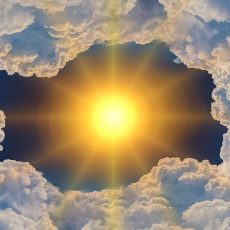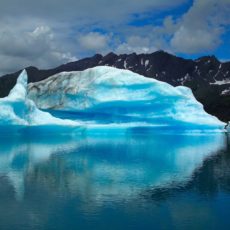Climate science is not new. In fact, it’s been around for hundreds of years! Let’s do some time travel and explore the comprehensive history of climate science. Let’s see what climate science theories hold up, 250+ years later.
Read moreCFCs
Remember the Ozone Layer?

A few weeks ago, in the midst of rising coronavirus cases worldwide, political upheaval, extreme weather events in the form of back to back hurricanes in the northern hemisphere and typhoons in the southern, and ongoing fires in the American west, Mario Molina, a chemist whose work on the ozone layer earned him a Nobel Prize in 1995, quietly passed away in Mexico City. He was 77. Molina’s work was crucial to enacting the Montreal Protocol on Substances that Deplete the Ozone Layer in 1987, and it made him one of the most consequential scientists of the past 50 years.
Learn more in the latest vid from the Hive!
Read moreDoes the Ozone Layer still have a hole in it?

Ozone is a gas. A toxic, pale blue, odorous, irritative and explosive gas. But without it being naturally formed and making up part of our atmosphere, we’d be unable to survive on Earth. We’d literally fry from the sun’s ultraviolet rays. The thin layer of ozone, which sits in the bottom part of the stratosphere about 9-18 miles above the Earth, absorbs approximately 98% of extremely harmful UVB rays, which are the most damaging of the ultraviolet types (A, B and C). So, way back in the 80’s when it was discovered that there was a ‘hole’ in this protective layer of gas over Australia, Antarctica and the Arctic, a massive global response was initiated.
But what ever happened? Are there still holes up there? The ozone layer doesn’t get much air time these days. And is ozone anthropogenic or natural? Read on to learn all about it!

